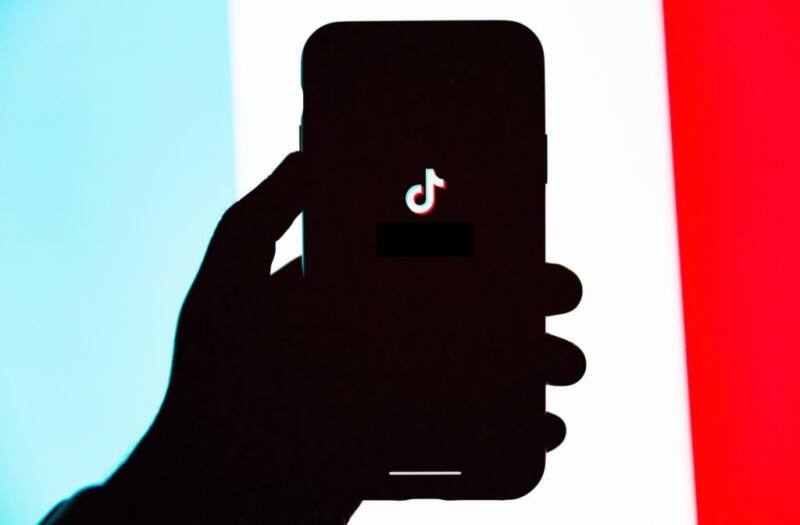
In the dynamic world of social media, TikTok has emerged as a powerhouse platform, captivating users with its short-form videos and diverse content. However, alongside its popularity comes a range of challenges, particularly in the realm of digital rights management (DRM). TikTok downloader services, which enable users to download and save videos from the platform, have sparked debates and raised important questions about copyright infringement, intellectual property rights, and the broader implications for DRM. In this article, we delve into the implications of TikTok downloader services for digital rights management and explore potential solutions to address these challenges.
Copyright Infringement Concerns
One of the primary concerns surrounding TikTok downloader services is the potential for copyright infringement. TikTok’s terms of service explicitly prohibit the downloading of videos without permission, citing the protection of creators’ rights. However, downloader services circumvent these restrictions by allowing users to save and share TikTok videos without authorization. This raises questions about the legality and ethicality of downloading copyrighted content from TikTok and the implications for creators’ intellectual property rights.
Challenges for Content Creators
TikTok downloader services pose significant challenges for content creators, who may see their videos downloaded and redistributed without their consent. This not only undermines creators’ ability to control the distribution of their content but also deprives them of potential revenue opportunities, such as licensing agreements or brand partnerships. Moreover, the proliferation of downloader services may discourage creators from sharing their work on TikTok altogether, fearing that it may be exploited or misused by others.
Technological Limitations of DRM

Addressing the challenges posed by TikTok downloader services https://tikd.cc/en/ requires innovative solutions in the realm of digital rights management. However, implementing effective DRM measures on a platform like TikTok presents unique technological challenges. TikTok’s API (Application Programming Interface) provides limited control over how videos are accessed and shared, making it difficult to enforce DRM policies at the platform level. Moreover, the transient nature of TikTok content, which can quickly disappear from users’ feeds, further complicates DRM enforcement efforts.
Potential Solutions and Mitigation Strategies
Despite these challenges, there are potential solutions and mitigation strategies that stakeholders can explore to address the implications of TikTok downloader services for digital rights management:
- Enhanced DRM Technologies: Investing in advanced DRM technologies that can detect and prevent unauthorized downloading and sharing of TikTok videos. This may involve implementing watermarking or encryption techniques to track and protect content as it is distributed across the platform.
- Legal Enforcement: Enforcing TikTok’s terms of service and copyright laws to deter the use of downloader services for unauthorized downloading and sharing of copyrighted content. This may involve legal action against developers of downloader services and users who engage in copyright infringement.
- Education and Awareness: Raising awareness among TikTok users about the importance of respecting creators’ intellectual property rights and the consequences of engaging in copyright infringement. Educating users about the ethical and legal implications of using downloader services can help promote responsible behavior and respect for digital rights.
- Collaboration with Downloader Service Providers: Collaborating with developers of downloader services to explore ways to mitigate copyright infringement and protect creators’ rights. This may involve implementing technical solutions to prevent unauthorized downloading or establishing partnerships to ensure that downloader services operate in compliance with TikTok’s policies.
In conclusion, TikTok downloader services present complex challenges and implications for digital rights management, particularly in the realm of copyright infringement and intellectual property rights. Addressing these challenges requires collaboration and innovation among stakeholders, including platform operators, content creators, downloader service providers, and regulatory authorities. By implementing effective DRM technologies, enforcing legal protections, raising awareness among users, and fostering collaboration with downloader service providers, we can work towards creating a digital ecosystem where creators’ rights are respected, and content is shared responsibly and ethically. As TikTok continues to evolve and shape the way we interact with digital content, addressing the implications of downloader services for digital rights management will remain a pressing issue for stakeholders across the industry.
